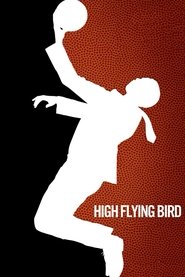At first blush, this was incalculably boring, but this is the sort of film that rewards and merits closer consideration. This is a tremendous celebration of freedom — a metaphor for the creative freedom Soderbergh got from Netflix, sure, but also about seizing freedom from people who oppress you. This is a movie about defeating oppression. About what it takes. And it’s lovely.
But it’s got a fatal flaw: It’s hampered by Soderbergh’s iPhone aesthetic. Just because you can shoot a movie on an iPhone doesn’t mean it’s well suited for the task, and this footage looks bad. It looks bad in all the ways even log footage from DSLRs does not: people are lifeless and have no micro contrast in their face, the image is overly sharpened, and the colours are so far from natural that they’re obviously wrong.
I’m aware that most people won’t see this movie the way that those of us who love photography or cinematography do, but it drove me bonkers. You should be almost unaware of cinematography; it exists to immerse you in a film. This is the opposite: it will pull you out of the experience, ask you to gaze at it, and demand applause — despite its sub-par performance.
It’s not that High Flying Bird is hard to watch because any particular element of the acting, direction, or writing is bad. It’s hard to watch because, on a properly calibrated screen, it’s just plain old hard on the eyes. And I think that’s a crying shame.
